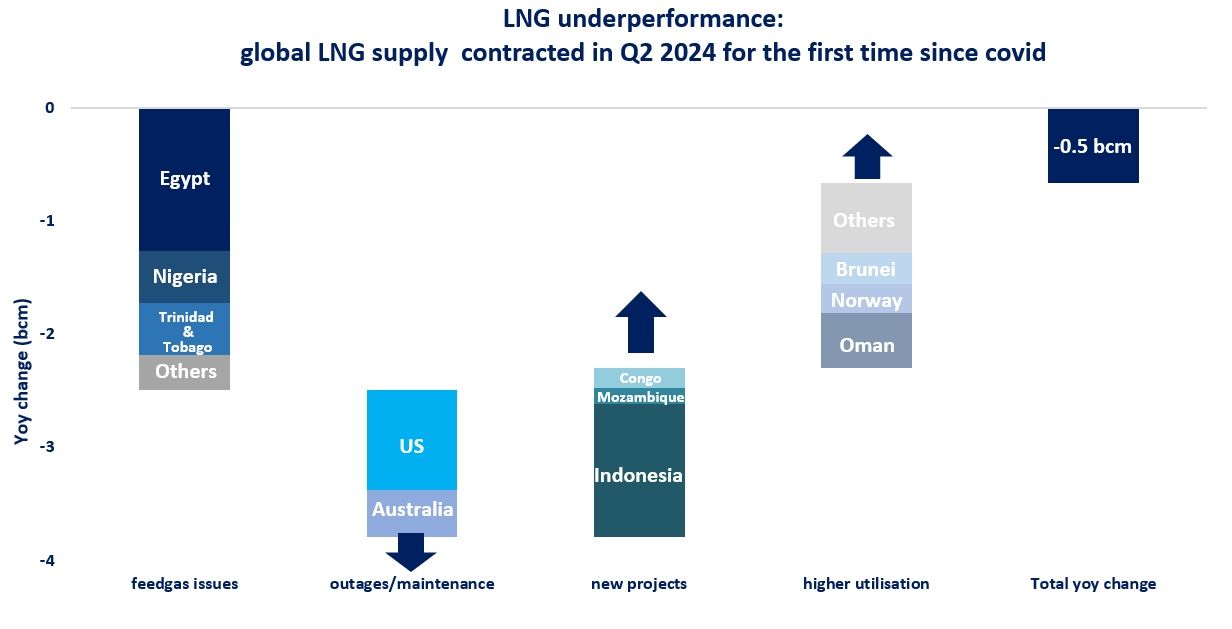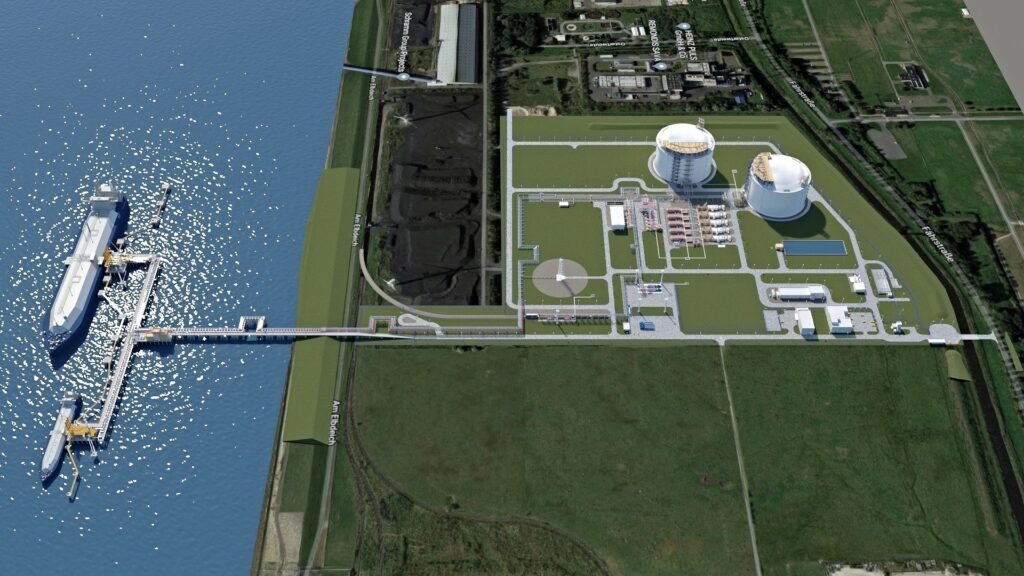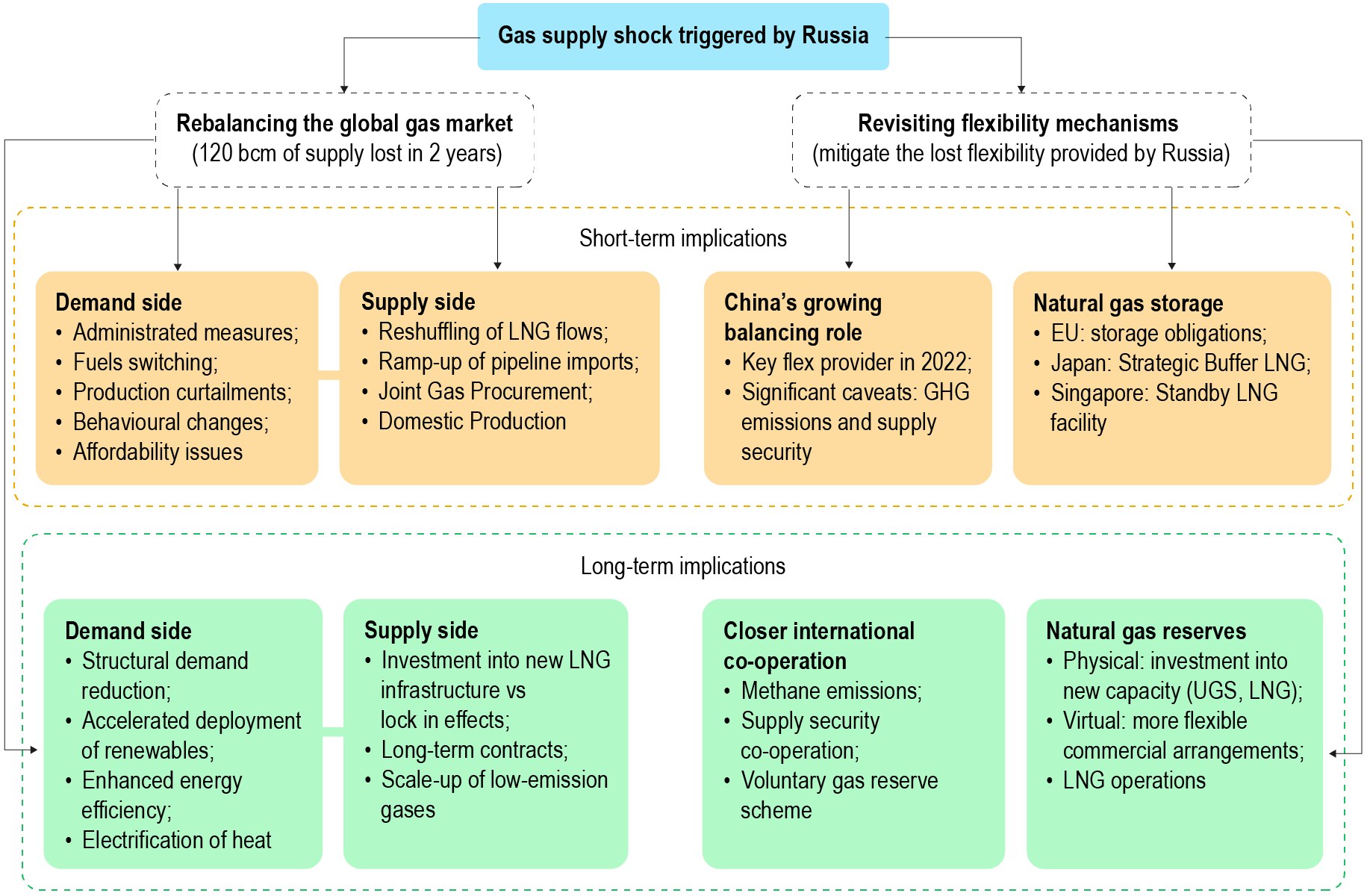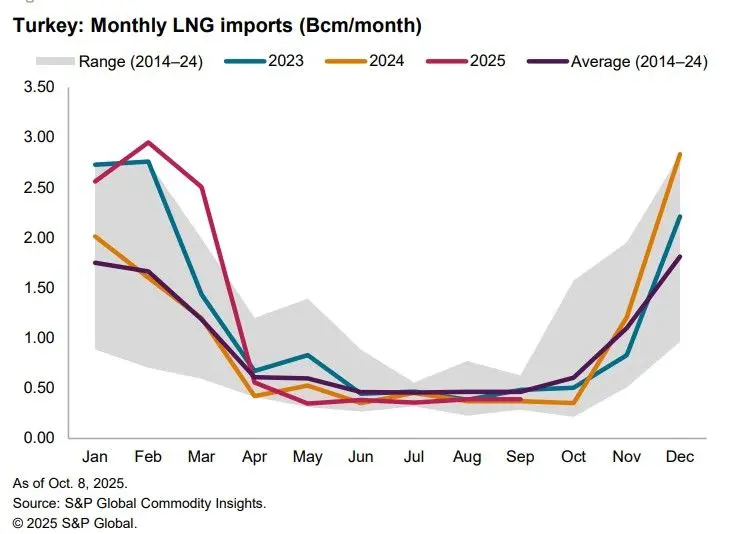
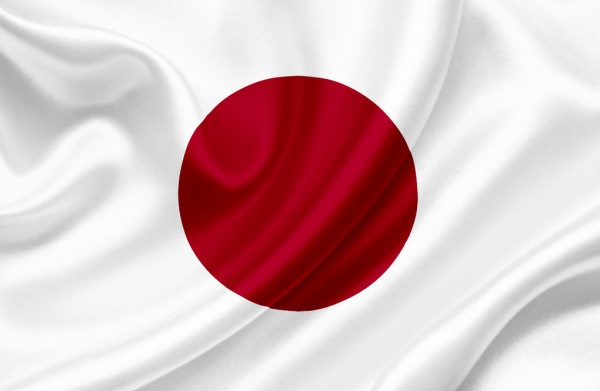
Japan’s new draft energy plan has hit the headlines, particularly its target of reducing LNG for power generation from 37% of energy supply in FY 2019-20 to 20% in FY 2030-31, a big fall.
Other targets include oil falling from 7% to 2% and coal from 32% to 19%. Many commentators have assumed these are the target shares of total Japanese energy supply.
However, a closer reading reveals these are the shares of power generation, not total primary energy supply. According to the latest BP energy statistics for Japanese primary energy consumption in 2020, oil was 38% of the total energy mix, LNG 22% and coal 27%.
The big changes in the draft plan would be in oil (down to 30% from 38%), coal (down to 20% from 27%), nuclear (up from 2% to 10%) and renewables including hydro (up from 11% to 20%). LNG would fall from 22% to 20%. Accordingly, the draft Japanese plan is not as large a threat to the Australian-Japanese LNG trade as many commentators have claimed.
The bigger threat to Australian LNG exports to Japan is likely falling Australian LNG supply as the legacy fields feeding the North West Shelf in particular start to decline. Woodside has just reported that NWS LNG production was down by 7% in FY 2020-2021. So far most of the proposals to backfill the NWS have unfortunately come to little (apart from the reluctant approval by the WA government for short-term supplies from Waitsia).
Overall, the Japanese targets look reasonable but still ambitious, particularly the increase in nuclear, given the opposition in Japan. It is worth noting the emphasis on energy efficiency in reducing emissions.
According to the BP statistics, Japanese primary energy consumption in 2020 was 135 GJ per capita, well below Australia’s 218 GJ. The targeted increase in Japanese nuclear, if it eventuates, may well be good news for Australian (and therefore South Australian ) uranium exports.
image: Japan flag from library
Source: EnergyQuest










